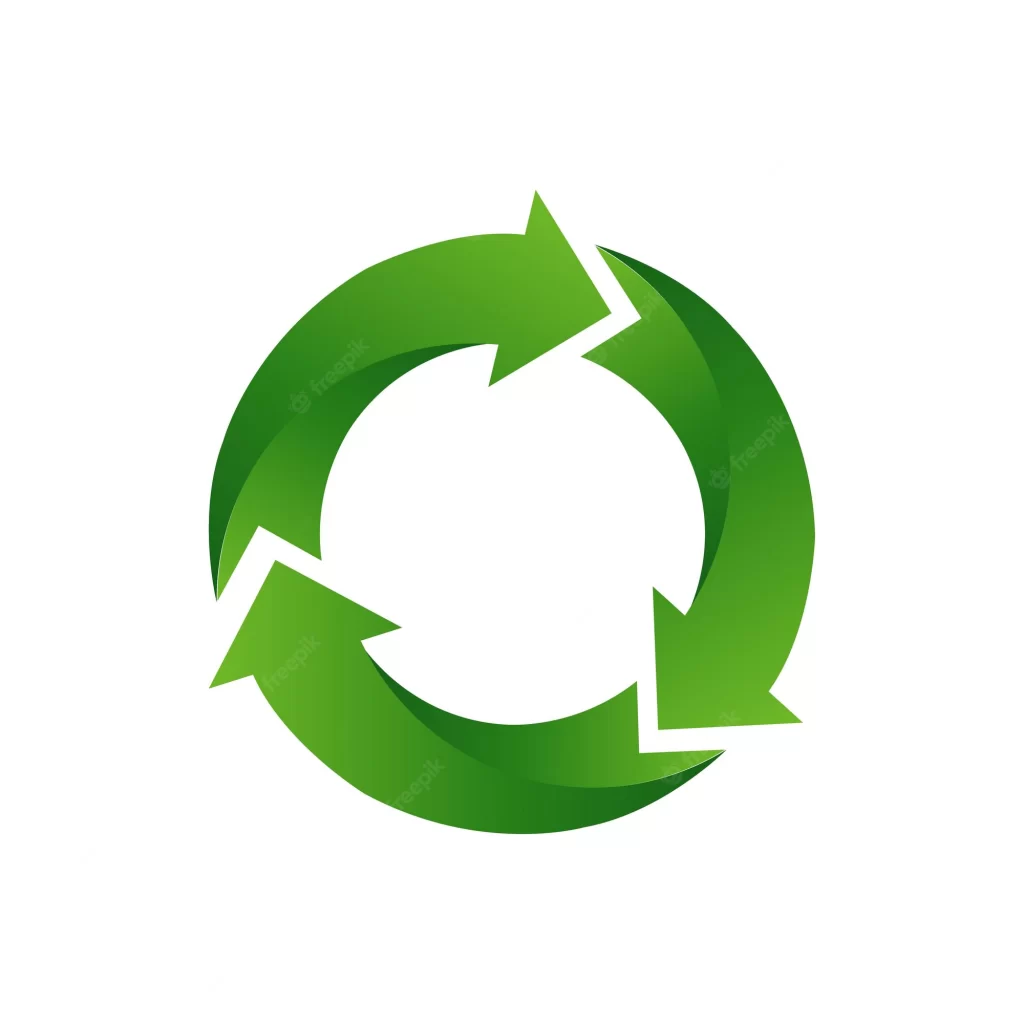Product Life Cycle
Product life cycle is a concept that divides the path of a product from the beginning of production to deterioration into 4 specific stages. Marketing price adjustment is used to inform key decisions about investment and product development.
Levels
1. Introduction
This is the stage when the product is launched for the first time.
2. Growth
This stage is used when the product is selling fast and the demand for it is increasing.
3. Maturity
This stage is used when the sales are maintained and the demand for the product increases.
4. Decrease
This stage is used when the demand for the product decreases.
Method
1. Product Introduction
Introducing the product is the first step. The product introduction stage is characterized by a small market, low sales, and high costs, with costly investments in product marketing and advertising. Introducing the product has 2 important goals:
– Create awareness of the product.
– Creating awareness of its value among the target consumer market.
Offering a product at a lower price or partnering with market investors are some of the successful strategies. If successful, product sales will increase and the product will reach the growth stage.
2. Obtaining Demand
Demand for the product is the next step. The growth stage is characterized by an increase in demand, which leads to the sale and expansion of the product to the markets. This increase in demand leads to a wider customer base and higher profit margins. With additional financial capital, companies can expand their marketing and advertising and grow the product further.
3. Enhance Marketing Efforts
The maturity stage is characterized by maximum sales performance and efforts to maintain product value. Developers brainstorm to differentiate the product from competitors. Example adjustments include cost reduction, rebranding, packaging, targeting a new market, or adding value with new product features. If the sales rate is not maintained, the product will decrease.
4. Minimizing Costs to Produce the Product
The decline phase is characterized by a decline in sales, which can be the result of market saturation, the success of a competitive product, or a decline in consumer interest. Companies try to save the product by minimizing production cost to avoid complete elimination.

Advantages
1. Product Management
Product management is one of the benefits of being able to predict the growth path of a product. Using the model helps companies make strategic decisions about financial investment, marketing approaches, advertising, and product development. They can plan when to adjust marketing strategy and when to divest a product and how to allocate their financial resources.
2. Learning
Another advantage is the ability to avoid common mistakes at each step. By identifying the stage of a product’s life cycle and comparing its performance with similar products, companies can learn from developers’ mistakes and manage their strategies.
Disadvantages
Incorrect Prediction
A disadvantage is that it predicts but is not an accurate forecasting tool for all products. Due to different market conditions from one place to another or unique aspects, not all products follow a precise path. Some products may cause a decline, followed by an unexpected revival and re-entry into the growth phase. Understanding the unique aspects of a product helps people use life cycles to their advantage without limiting their approach.
Up To Sum
In this article, we found out that the product life cycle consists of 4 main stages that help to plan and make informed decisions to improve the product’s position in the market. It is also possible to predict the future path of the product and set appropriate marketing strategies.


